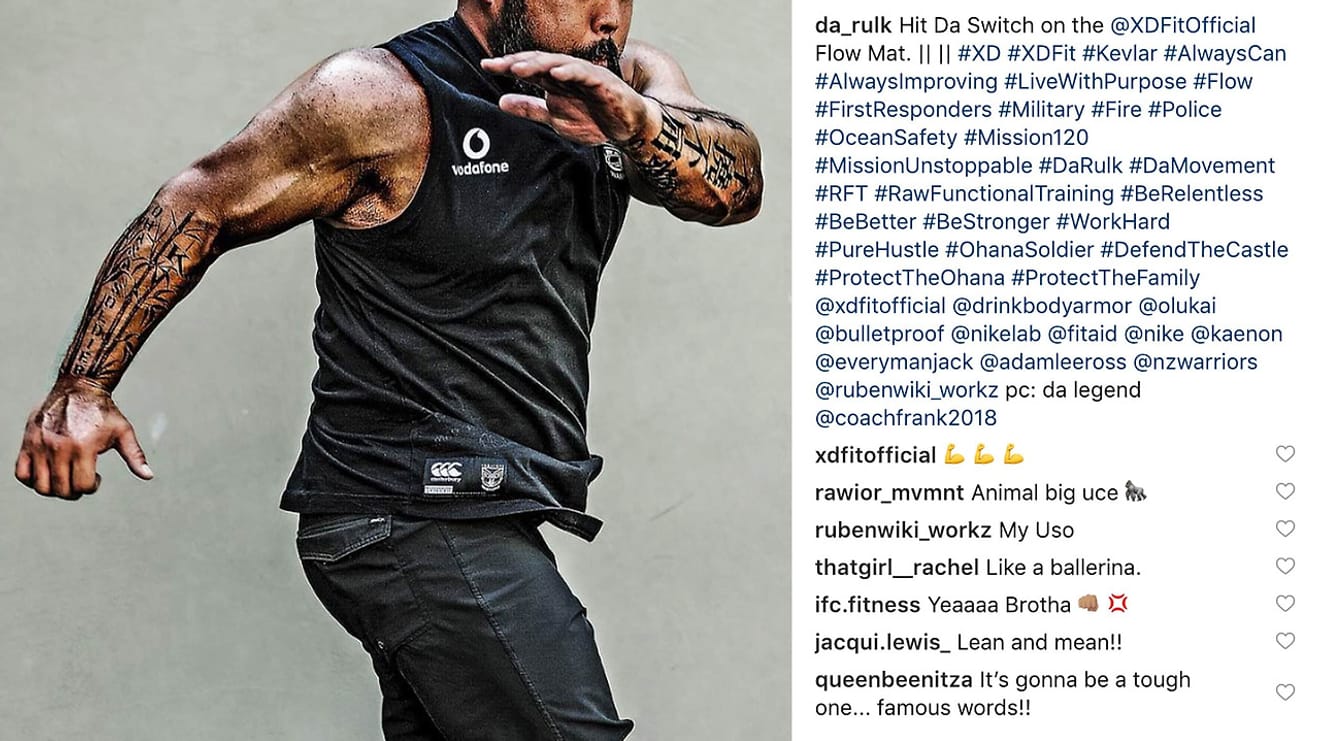It was a rather unfamiliar field. A management business targeting professional athletes, something I had only seen in the Tom Cruise-starring movie Jerry Maguire. A profession that conjured up images of a handsome man in a suit, briskly walking while making a phone call, rather than an office with dozens of employees. The man I met at the meeting, a former professional athlete, was indeed young and handsome in real life.
Background: A market dominated by large agencies. The reason why news of domestic players who have recently entered overseas leagues is not conveyed to the public is that these agencies' decisions focused solely on the domestic league are behind it. Decisions optimized for management costs and short-term profitability, centered around agencies.
Q. What is the differentiated player recruitment strategy of this new agent business?
______
Now, let's redefine the problem - Framing
Consulting is about selling interest and perspective. The above question assumes a market-centric perspective, that is, a perspective that views players as commodities. The career span of promising young athletes, from their late teens to their mid-30s, is remarkably short compared to other industries. European banks have capped the age limit for mortgage loans targeting professional athletes at 34 years old. This decision is akin to a statistical conclusion of managing existing athlete clients. It's based on the phenomenon of a sharp decline in debt repayment capacity after the age of 34.
But athletes are not merely commodities; they are 'people' like us.
They receive direct financial support from their parents from their teens (around 200 million won until they become high school students) to gain an opportunity to join a professional team. Afterward, they develop a strategy to maximize their value as much as possible. However, unforeseen injuries can also signal the end of such decisions. And retirement naturally approaches faster than any other industry, along with aging. Still in their young 30s. They start to worry about what kind of job they can learn to restart with.
In research papers conducted on current professional league players, it was confirmed that worries and fears about life after retirement were the most significant concerns.
In other words, for them, a transfer during their playing days isn't just about securing the best possible contract. It also includes preparing for their lives after retirement.It's a significant difference between the industry's perspective, which views players as commodities from their late teens to their mid-30s, and the athletes' perspective, where they consider their lives from their late teens to post-retirement as the head of a family.
New Question
Is it possible to preemptively check the career plan that considers their post-retirement life and link it to the contract terms during the transfer? When considering a transfer to clubs in England, Germany, etc., is it possible to present a contract that includes what kind of jobs are available for retired athletes in that country, including the programs for related education and the associated costs?
The above question broadens the scope of the perspective on the market. It also helps to concretize the differentiated topics and keywords that need to be investigated. The more sophisticated and realistic the structure of the program, the greater the likelihood of increasing opportunities to persuade athletes when presenting a contract.
- What university education programs are available for athletic coaches in this industry, in which countries, and at what cost?
- What is the scope of possible job categories after completing such programs and what are the annual income levels?
- What is the average cost of living for a family of four in that country?
- Does the physical ability of a professional athlete have any connection to the field of behavioral science?
- Is it possible to develop and implement a personalized mental management program and coaching service using the body?
Da Rulk, who proposes their own exercise program called RFT (Raw Functional Training), is also known as the exercise coach for Chris Hemsworth in the Marvel movie 'Thor'. He majored in kinesiology and biomechanics in college and currently provides services to firefighters and special forces personnel based on that knowledge.
If a professional athlete wants to try offering such an exercise program after retiring, what kind of educational opportunities and financial preparedness can the current agent provide?



Risks to Overcome
Developing a post-retirement career for professional athletes is not really the athlete's responsibility. Even considering the cost of training just one athlete, it represents a national loss. In fact, government ministries have been discussing this issue continuously, but they haven't been able to provide a clear professional achievement after retirement that can leverage their experience as an athlete.
However, this limitation is confined to the perspective of the domestic sports market regarding athletes.This has been confirmed as a common pattern. There are still many possibilities, such as entering the overseas market where more opportunities exist or focusing on the functionality of relieving anxiety by concentrating on the physical sensations through movement. However, there is simply no interest or investment in these areas.
In the present moment of professional athletes, there exists individual immersion and various unacknowledged achievements that the public is unaware of. If we can clearly understand and concretize what those aspects are and connect them to the market potential in reality, it is entirely possible.
Conclusion and Suggestions - Recommendation
'Retirement' is a reality that athletes face abruptly. The industry overlooks it. They only provide attention and investment until their 30s as a high-value commodity from their teens. However, athletes' lives continue afterward, and in many cases, they become the head of a family on the verge of retirement.
Attempts to establish a foothold in the market as a new agent inherently imply taking away business from the existing industry, so the starting point must be different. Above all, the ultimate target audience that needs to be persuaded is individual athletes. The core of the anxiety that these athletes have harbored for a long time but haven't found an answer to lies in their lives as the head of a family, even after retirement.
What needs to be established is not a clear-cut job placement. It must be a personalized vision presentation and investment program that helps individual athletes leverage their unique characteristics.
Therefore, the competitiveness of this new agent lies in how consistently and meticulously they can present a vision for life after retirement, and whether they can discuss the preparation and related costs as an investment concept within the contract with the agent, tailored to each individual's characteristics and choices. To achieve this, it requires an expanded and bold perspective on the market and the athletes, and the business must be carried out based on the validation and conviction of that value.
Comments0